
With spring around the corner, there will be an increase in pests running around. 14 million homes will be reporting an infestation of some kind this year, earning the pest control industry 16 billion dollars. A typical home is exposed to many tiny invaders, many of which pose no health risk to humans. While some are known to carry diseases or can pose a real health hazard to you. Hiring a professional exterminator can be very costly, with the average house call being $400 a visit. April is National Pest Management Month, so here are some ways to get rid of the most common nuisance creatures.
Mice And Rats
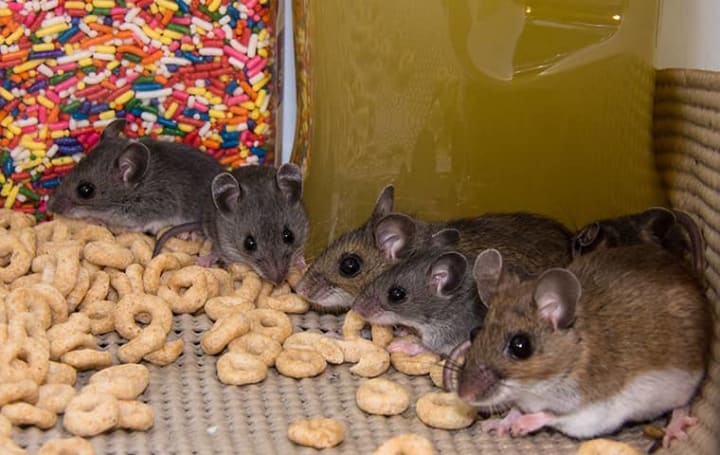
Both are known disease carriers with a reputation for damaging furniture, belongings, and even the structure of your home. Even their fleas can make you sick. They are the most reported vermin with 243,000 sightings a year. To solve your rodent problem, seal up any cracks or holes in the walls that they may use to enter. Block up outside vents with wire mesh. Set up live mouse traps that you can buy from a hardware store with peanut butter as your bait in hot spots. Despite the common idea of mice eating cheese, they are actually not big fans of the stuff.
Cockroaches
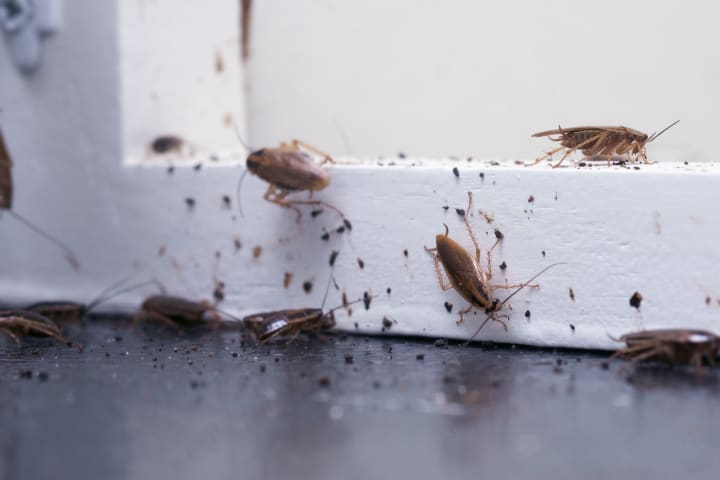
One of the toughest critters to get rid of, cockroaches are also known disease carriers and can trigger allergy and asthma attacks. They are the second most reported critter with 241,000 sightings each year. They love hot, humid weather, making them more common in the South than up North. The most popular, humane way to get rid of them is with Boric Acid. Sprinkle a little on the areas you’ve seen them crawling around. Mixing a tablespoon of baking soda and sugar together also works well. In India, they use Neem for roach invasions.
Ants
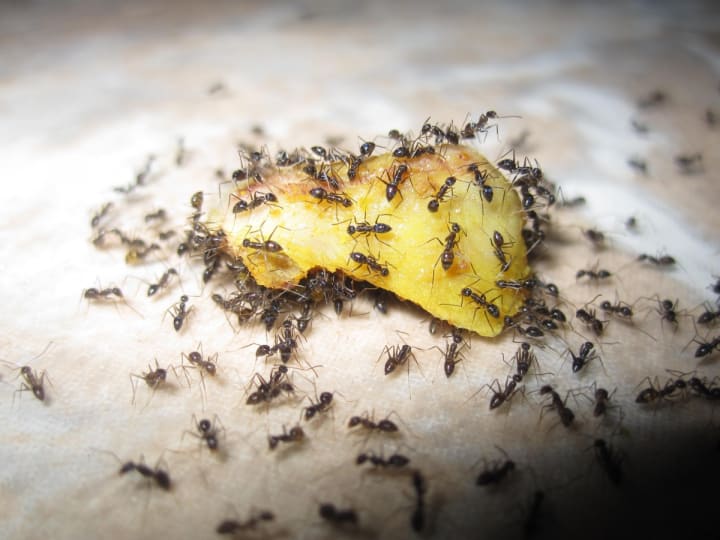
Ants are the longest-living insect on the planet with some breeds living up to 30 years. They can be found on every continent except Antarctica. The FDA reports that ants cost five billion dollars in damages, 750 million of that on agricultural assets, like crops. With 12,000 species in the world, they can all be treated the same way. Mix equal parts of vinegar and water together in a spray bottle. Spray it directly on the ants. Their trails, and any entry points they have been using. You can also use the mixture around the house since vinegar is known for being a great disinfectant.
Bed Bugs
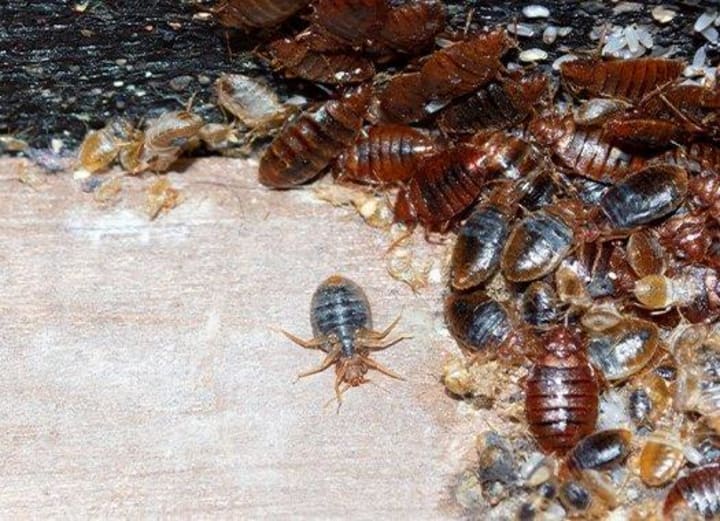
Over the last ten years, bed bugs have become a growing problem in America. Now that the COVID restrictions are all officially lifted, traveling this summer will skyrocket, as will reports of bed bugs. Even though they won’t make you sick, they will live nasty, itchy bites behind. To treat an infestation, you’ll need to spray your mattress and drawers down with rubbing alcohol once a week. After nine weeks encase your mattress in a bedbug-proof liner with a zipper that completely closes. Heat-treat all clothing, bedding, and soft items with a steam cleaner or hot dryer. Steam clean the carpets as well.
Termites
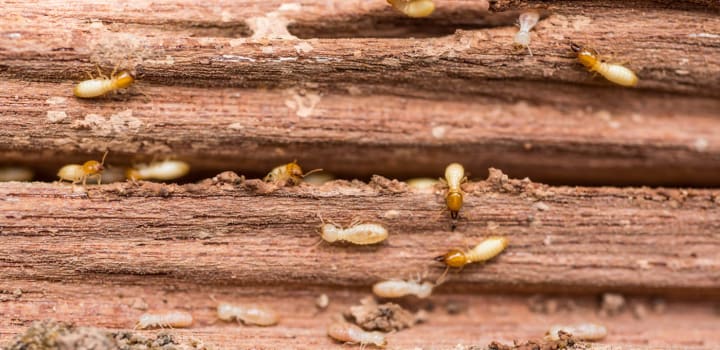
Known for being the most destructive insect in the world, termites can destroy an entire structure in three years when left untreated. Termites love wood and enjoy eating timber all day. They can cost up to 5 billion dollars in damage each year. Place pieces of cardboard near where they eat to trick them. They will mistake it for wood and swarm it. When they do, throw it away in a trash bag of its own. Sprinkle Diatomaceous earth around their nests, trapping them there. This also works for bed bugs.
About the Creator
M.L. Lewis
Welcome to my little slice of pie. This blog will primarily focus on prepping and homesteading skills with a sprinkle of fiction every now and then.
Enjoyed the story? Support the Creator.
Subscribe for free to receive all their stories in your feed. You could also pledge your support or give them a one-off tip, letting them know you appreciate their work.


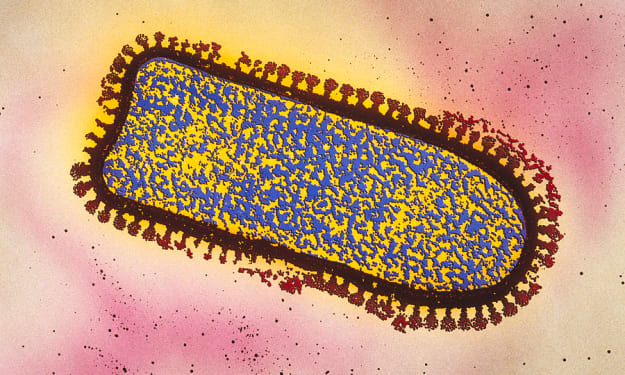



Comments (1)
As spring approaches, the rise in pest-related challenges becomes evident. The substantial economic impact on the pest control industry underscores the prevalence of these issues. While professional extermination can be expensive, the focus on National Pest Management Month encourages practical approaches to address common nuisances, offering homeowners cost-effective methods to tackle the seasonal influx of pests.